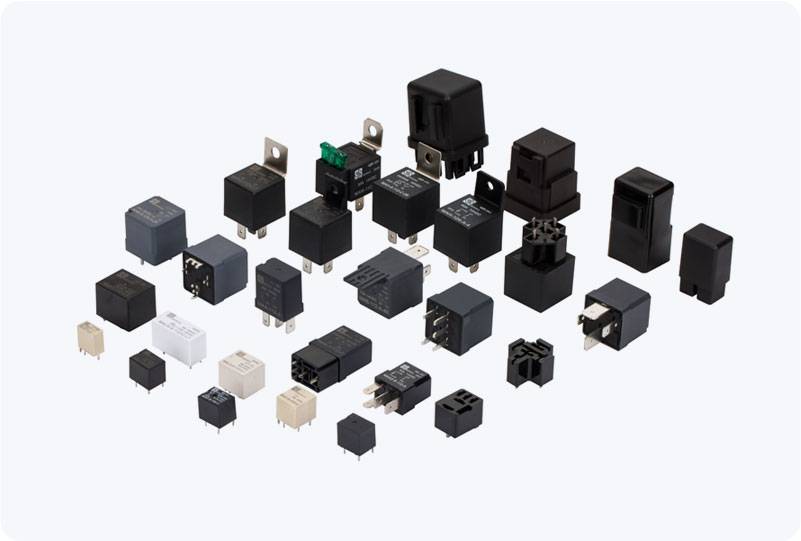In modern industrial automation and control systems, ensuring safety and reliability is paramount. One of the critical components used to achieve this is the Safety Isolated Relay. This device plays a vital role in isolating high-voltage or hazardous electrical circuits from the sensitive, low-voltage parts of a system. In this article, we will explore what Safety Isolated Relays are, how they function, and why they are essential in various industries.

What is a Safety Isolated Relay? A Safety Isolated Relay is an electrical device designed to provide isolation between different parts of a circuit to ensure safety in high-risk environments. It is primarily used to separate low-voltage control circuits from high-voltage or dangerous electrical systems, preventing potential damage to sensitive equipment or harm to personnel. The key feature of this relay is its ability to provide electrical isolation, which is crucial when managing power flows between different parts of an automated system. How Does a Safety Isolated Relay Work? The operation of a Safety Isolated Relay revolves around the concept of electrical isolation. This isolation is achieved through the relay’s internal design, which includes components like opto-isolators or transformer-based isolators. These components allow signals to pass through without creating a direct electrical connection between the control side and the power side of the system.